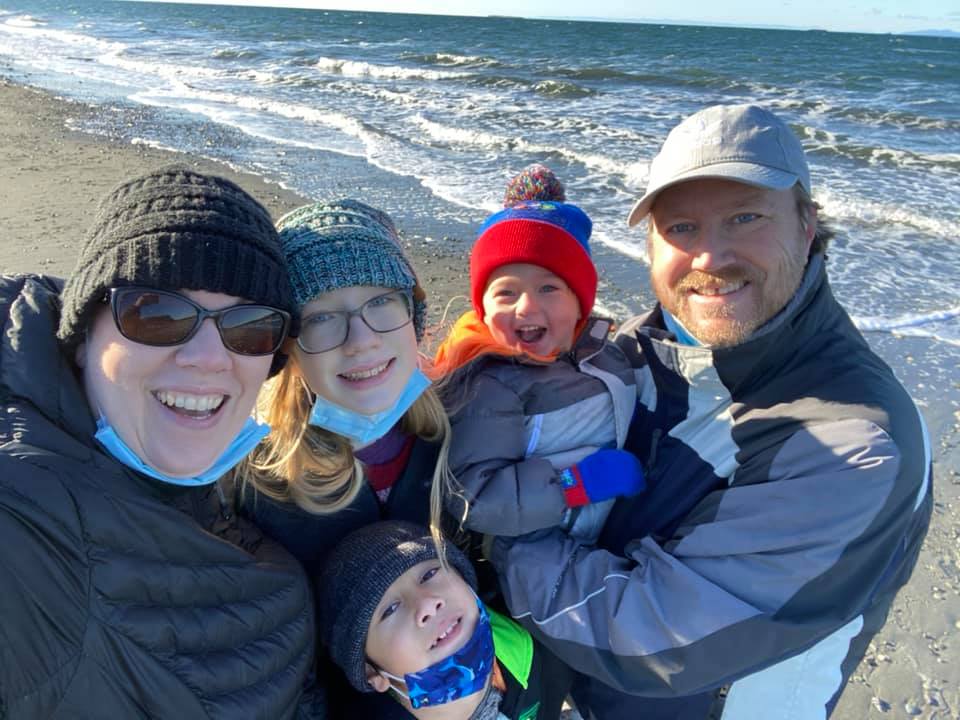OK, y’all, 2023 was an exceedingly strange year for me. I’ve had four different employers (two full-time, two contract) and it’s been weird. But good. (Very good, in fact).
So I wanted to post a “stuff I did” this year post. It’ll be different, though, because I’ll mention written stuff but I’ll also point you to Github repos with open data (CC-BY or CC-BY-SA) that you can do whatever you’d like to with. I guess I really have been busy.
Publications
Only one publication this year:
“The Memorial of John: A New Translation and Introduction” in New Testament Apocrypha: More Non-Canonical Scriptures, Volume 3. Edited by Tony Burke. Grand Rapids: William B. Eerdmans.
In addition to the conference paper, I had a blog post published at Text and Canon’s web site on Bible versification issues:
How Bible Software Solves Differences in Versification for You
I do have a forthcoming publication from Lexham Press, with a group of three other editors, that I’m really hoping is published in 2024. It is a collection of Pseudepigraphal writings translated from the Greek sources, each with short introductions and bibliography. Hoping it happens soon.
Since we’re here, I suppose I should give an update on the Hermas project as well. To date I have a draft of the Visions together (chapters 1–25) that I’m doing an editing pass on (50K words, about halfway through the edit/review); after that I’ll hopefully start on the draft of the Mandates (chapters 26–49).
Conference Papers
As well, only one conference presentation this year, at the Bible Translation conference in Dallas, Texas:
“Ambiguous Pronouns and Names: Tracking Participants in Biblical Passages using Referent Analysis.” Presented to the Exegesis and Biblical Languages group at the Bible Translation Conference in Dallas, TX, October 17, 2023.
Public Open Repos
And here’s where most of my work this year will show up. As mentioned, I’ve had four different employers this year, two full-time and two contract. I worked for Logos/Faithlife full time through the end of September, 2023. Not able to share the work I did at Logos; it was largely in service of in-development stuff. From October 2023 I’ve been employed with the BiblioNexus Studio. In addition to my full-time work, I’ve been under contract for up to 15 hours per week by Clear Bible, who in the middle of August 2023 was acquired by Biblica. I still work up to 15 hours per week for Biblica.
Stuff I did for Clear/Biblica in 2023:
- Speaker Quotations: An analysis of various English Bible versions to determine quoted material and the speaker of the material, mapped back to the underlying Greek and Hebrew. As well, a “Clear” form of this data that provides an (automated) consensus view of the quotations in the Hebrew Bible and Greek New Testament and their speakers.
- Various updates, enhancements, and corrections to Biblica/Clear’s Macula Hebrew and Macula Greek syntactic analyses, particularly in migrating a bunch of data into the SBLGNT form of Macula Greek to make it publicly available.
- NT Conditional Statements: An analysis from Steve Nicolle at CanIL (Canada Institute of Linguistics) of the conditional statements in the Greek New Testament as well as statements that use conditional conjunctions but do not adhere to the formal pattern/rules of conditional statements. I converted this data from some spreadsheets into JSON (and some Markdown) to make it easier to integrate in other solutions (e.g. Bible software platforms and other solutions).
- Textual Alignments: I did some work to migrate textual alignments of various Bibles to openly available sources. Notably, there are alignments of the Lexham English Bible and Young’s Literal Translation to the SBLGNT (for NT, specifically the Macula Greek edition of the SBLGNT) and to the Westminster text of Macula Hebrew for the OT.
Stuff I released via my own Github account in 2023:
- bible-comparison: Some code I wrote to compare two verses (two strings, really) at the word level (not character level) and provide a diff.
- hottp-pbb: Some code to convert the UBS Open edition of the “Preliminary and Interim Report of the Hebrew Old Testament Text Project” (HOTTP) into a Logos Bible Software “Personal Book Builder” (PBB) format.
- extract-eclavis-biblio: The North American Society for the Study of Christian Apocryphal Literature (NASSCAL) has an incredible resource called e-Clavis: Christian Apocrypha that is licensed as CC-BY-SA. There is a lot of structured data hidden away in it, so I wrote some code to specifically try and pull bibliography data from the entries for further processing of the citations.














